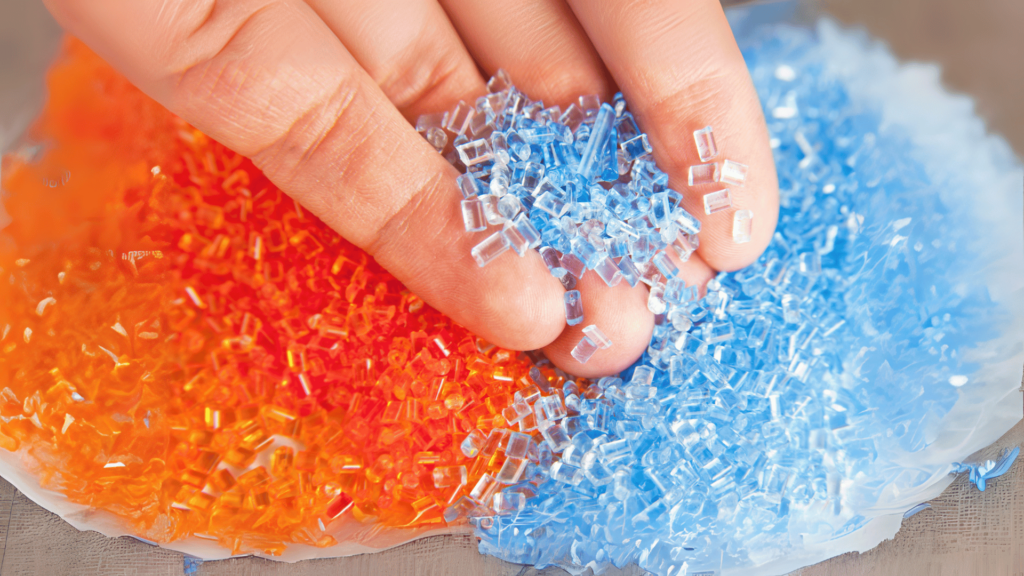
In 2024, many regions have experienced extreme weather disasters, such as massive droughts, heatwaves, and heavy rainfall that bring bad impact to humans. There is also accelerated glacier melting that causes the rising of the sea level. Those disasters happen due to many factors, and one of the factors is human. Some of the human activities contribute to increasing the emissions that lead to the greenhouse effect. We can decrease the greenhouse effect by using recycled PET and PP granules.
What Is Recycled PET and PP Granules?
Processing of the recycled PET and PP granules are more environmentally friendly than using the virgin raw material to produce plastics. The source of them is collected from the used bottles, containers, or packaging made of those materials. The manufacturers should sort the appropriate bottles, packaging, and containers. They require cleaning and shredding them into flakes. The flakes are mounted on a melting machine and reformed into granules.
The recycled granules are suitable for many sector applications. The industrials can use the granules to synthesize polyester fabrics, which are very popular in textile fibre nowadays. We can also create new containers, bottles, and packaging by using recycled granules. There are automotive industries that utilize it to create dashboards, battery cases, bumpers, and so on.
The Advantages of the Recycled Granules
Human need to reduce the environmental impact by using recycled granules. We can lessen the plastics as pollution in oceans and landfills by decreasing the production of virgin plastics. Some studies stated that using the recycled granules can reduce the emissions around 70%.
You can also cut down the energy consumption and carbon footprint. Those help the industrials to lower the cost due to recycled granule processing being cheaper than new plastic synthesizing. However, industrials have challenges controlling the quality of the used granules from contaminations. The contamination can reduce the yield production.
Recycling Processes of Recycled Granules
There are several steps of mechanical and chemical processes to recycle the PET and PP. Those steps involve collecting, sorting, washing, and so on. The collecting and sorting will utilize advanced technologies, including NIR spectroscopy and float-sink separators. After the process, the bottles, containers, or packaging will be washed and shredded. The washing process helps to remove contaminants, such as adhesives and labels. The shredded process will make the bottles, etc., become flakes.
The next steps are melting and regranulation. Those processes make the polymers broken down and called monomers. The monomers will be processed into repolymerization. The last step is quality control to monitor the results to meet the standards such as purity, color, and strength.
Conclusion
We need to lower the greenhouse gas by decreasing the use of virgin plastics. As an alternative, industry can utilize recycled PET and PP granules. Those materials help to reduce the emissions that influence the landfills and oceans. The recycled granules require additional processing over virgin plastic, like collecting, sorting, and shredding. However, the whole process of using the recycled granules is still providing opportunities toward industry. The industrial sector can cut down the economy costs of processing virgin plastic. This happens due to lower costs of recycled granules as raw materials.